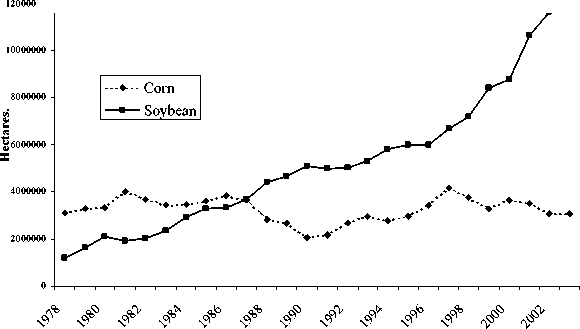GRAPH 1. Corn and Soybean Planted in Argentina6

Since the 1978-79 season the area planted with soybean in Argentina has steadily
grown (Graph 1).7 The total growth from 1978 to 2003 reached 669%, while total
production went from 2.5 million metric tons to 35 million in 2003. During the same
period the area planted with corn declined 6.5%, but production increased 72.9% due to
improvements in yield. The boom in soybean production has propelled Argentina into
the spotlight in international markets. Total production of corn represented just 2.6% of
total world production for the period 1999-2000 to 2001-2002. Nonetheless, total exports
of coarse grains were 11.6% of total world exports (Table 2).
Argentina and the United States are among the largest exporters of grain and oilseeds
(Tables 1 and 2). In the case of soybeans, the United States and Argentina represent
58.2% of total world exports, while Argentina is the main exporter of soybean oil and
meal. The United States and Argentina are the leading exporters of coarse grains (Table
2). The United States also leads the world in wheat exports, and Argentina ranks fifth
6 For graph data, see Secretaria de Agricultura, Ganaderia Pesca y Alimentos (SAGPyA), Estimaciones
Agricolas, http://www.sagpya.mecon.gov.ar/new/0-0/agricultura/otros/estimaciones/basestima.php
(last visited Mar. 18, 2006).
7 See id.
More intriguing information
1. THE RISE OF RURAL-TO-RURAL LABOR MARKETS IN CHINA2. On the Integration of Digital Technologies into Mathematics Classrooms
3. 5th and 8th grade pupils’ and teachers’ perceptions of the relationships between teaching methods, classroom ethos, and positive affective attitudes towards learning mathematics in Japan
4. Micro-strategies of Contextualization Cross-national Transfer of Socially Responsible Investment
5. DEVELOPING COLLABORATION IN RURAL POLICY: LESSONS FROM A STATE RURAL DEVELOPMENT COUNCIL
6. FISCAL CONSOLIDATION AND DECENTRALISATION: A TALE OF TWO TIERS
7. The name is absent
8. Top-Down Mass Analysis of Protein Tyrosine Nitration: Comparison of Electron Capture Dissociation with “Slow-Heating” Tandem Mass Spectrometry Methods
9. Perfect Regular Equilibrium
10. Strategic monetary policy in a monetary union with non-atomistic wage setters